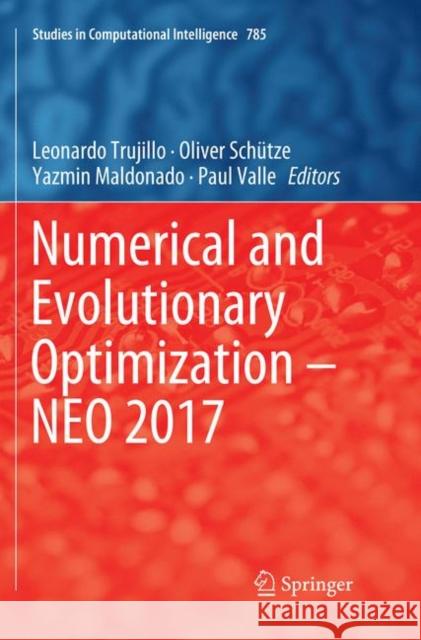Numerical and Evolutionary Optimization - Neo 2017 » książka
topmenu
Numerical and Evolutionary Optimization - Neo 2017
ISBN-13: 9783030071448 / Angielski / Miękka / 2018 / 312 str.
Numerical and Evolutionary Optimization - Neo 2017
ISBN-13: 9783030071448 / Angielski / Miękka / 2018 / 312 str.
cena 765,72 zł
(netto: 729,26 VAT: 5%)
Najniższa cena z 30 dni: 765,72 zł
(netto: 729,26 VAT: 5%)
Najniższa cena z 30 dni: 765,72 zł
Termin realizacji zamówienia:
ok. 16-18 dni roboczych.
ok. 16-18 dni roboczych.
Darmowa dostawa!
Kategorie:
Kategorie BISAC:
Wydawca:
Springer
Seria wydawnicza:
Język:
Angielski
ISBN-13:
9783030071448
Rok wydania:
2018
Wydanie:
Softcover Repri
Numer serii:
000318395
Ilość stron:
312
Waga:
0.45 kg
Wymiary:
23.39 x 15.6 x 1.75
Oprawa:
Miękka
Wolumenów:
01
Dodatkowe informacje:
Wydanie ilustrowane











